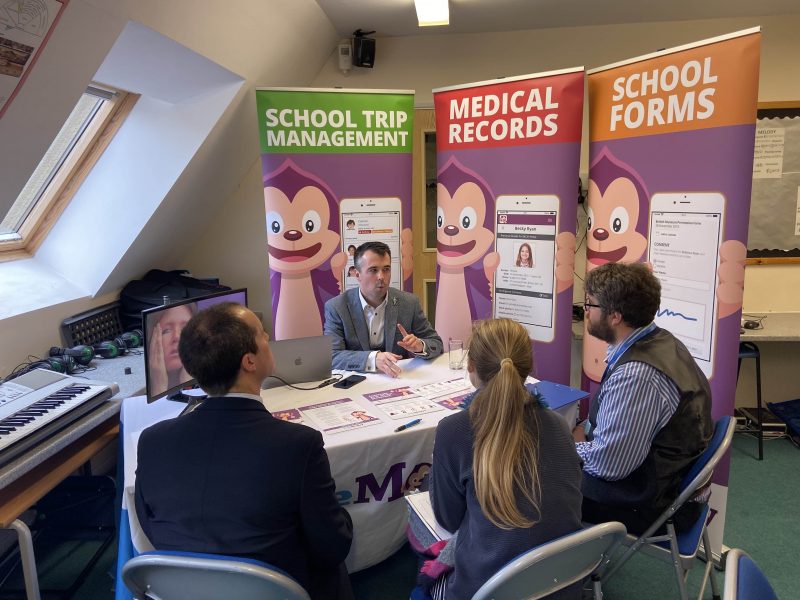

How can the simple sentence I saw a cat climbing up a tree lead to confusion for vulnerable learners? Words with numerous meanings need better explanation for children who are ‘Instructionally Disabled’.
How can the simple sentence I saw a cat climbing up a tree lead to confusion for vulnerable learners?
Students may be labeled dyslexic, learning disabled, speech-language impaired, or have a developmental language disorder. Despite the labels, I use the term Instructionally Disabled. That’s what I believe our students are.
Here’s why:
When my son Nicholas was seven years old, his reading teacher gave him ten sight words to learn for a homework assignment. Sight words are a well-recognized part of learning to read. Students must learn these words; no questions asked.
His list of sight words included one word with two follow-up sentences containing the sight word.
Nicholas stopped at the very first word:
Saw
I saw a cat climb up a tree.
I saw a man rob a bank.
I listened as my son read: I saw a cat. He read the sentence correctly before stopping at the word cat, and then started over, rereading it incorrectly. I was a cat. I sa a cat. I as a cat.
He never read further than the word cat.
I watched Nicholas look confused, as if actively searching for the meaning of the sentence. This was his first interaction with a word that had multiple meanings, and he was supposed to figure out the right definition. But, he sat there, frustrated, unable to decode the word.
Here’s why:
Our family had just returned from spending six months in Oxford. His world experiences, even though the teacher was not with him, included visiting museums, great buildings of the world, and exploring Oxford and its surrounding area. During this time, he “saw” many things.
In his home in Brisbane, our family lived in the leafy suburb of St. Lucia. Wildlife abounds with possums on rooftops and electricity wires. Birds were constant, noisy, and sometime annoying companions, like the magpies who may attack anyone venturing into their territory. Bats often flood the evening sky.
Yet Nicholas had never seen a cat climb up a tree—or if he had, it wasn’t an important moment in his life. Instead, he started picturing a cat being cut in half by a saw while climbing up a tree.
It didn’t make any sense to him.
So, what could the teacher be thinking?
Oh, everyone’s seen a cat up a tree. It happens in stories all the time.
Here is the disconnect:
The teacher has only given one meaning for this word that has multiple meanings.
The child is working so hard to make sense of this sentence, he cannot do any more.
Here’s the gap between the teacher’s words and the student knowledge. This is what I call instructionally disabled!
There is a gap between the teacher’s written sentence and student’s knowledge.
In his 2003 paper “What do we Mean by Literacy Now?”, Jerome Haste writes: “we do very little to help students understand how language works.” Haste is absolutely right!
The word “saw,” has three meanings. Why do we expect a child with language difficulties to know this instantly?
Why didn’t the teacher say, “The word ‘saw,’ is an interesting word because it has more than one meaning.” Why didn’t the reading teacher demonstrate how this word worked?
Why do we expect our most vulnerable students to comprehend how the spoken word and the written word connect instantaneously?
When teaching our vulnerable readers, leave no stone unturned. My students cannot leave my classroom thinking the word “saw” has only one meaning. They must know:
Other connections: I looked; I saw; I have seen; We did see.
Instructional disabilities are limited through shared experiences. Experiential learning, between that of the teacher and the student, creates a common understanding and limits the ambiguity of the student. Both experience the same context, thus a similar comprehension. Together we are building on a shared learning experiences. Learning is meaningful, connectable, and above all, memorable.